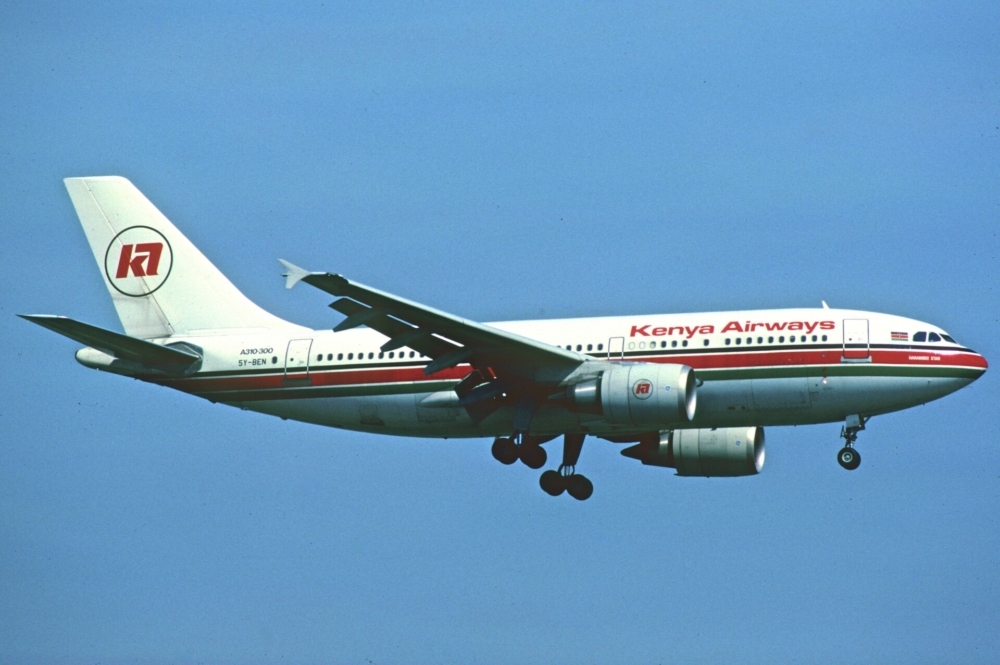Today marks 22 years since the tragic crash of Kenya Airways Flight 431. The Airbus A310 crashed while flying from Abidjan, Ivory Coast, to Lagos, Nigeria. Reports found that the crash was caused due to a false stall alarm, which resulted in pilot error.

Faulty
On January 30th, 2000, Kenya Airways flight KQ431 departed Abidjan Airport bound for Lagos, which was a stop on its way to Nairobi. The route was being flown by one of the airline’s Airbus A310s, registered 5Y-BEN. However, things went tragically wrong minutes into the flight, which plunged into the Atlantic Ocean.
After arriving in Abidjan from its previous service, KQ431 departed the airport at 21:08 GMT. Seconds after the plane took off, the first officer requested the landing gear be retracted, but onboard systems sounded the stall alarm. To prevent a stall, the pilots put the A310 into a controlled descent.

However, overlapping notifications from the Ground Proximity Warning Systems (GPWS) and other alarms meant the captain realized too late that the aircraft was overspeeding while descending into the ocean. Cockpit voice recorders picked up the tragic last words of “Go up” from the captain before the plane hit the water.
Rescue efforts
Minutes after KQ431 plunged into the Atlantic, rescue teams departed the shore to search for survivors. Due to the speed of the impact, the A310 was destroyed upon coming into contact with the ocean, tragically killing most onboard. Ten people were rescued by authorities and brought to shore for treatment.
Bad weather hampered the search and rescue efforts, with some passengers perishing due to drowning. Of the 179 occupants onboard, 169 passengers and ten crew, only ten passengers survived, with all but one having severe injuries due to the crash.

What caused the crash?
The French BEA (Bureau of Enquiry and Analysis for Civil Aviation Safety) handled the investigation on behalf of the Ivory Coast government. Investigators noted that the stall alarm within five seconds of takeoff was a rare occurrence and contributed to the crew’s reaction.
One major hindrance was the unusable data in the flight data recorder. The BEA was unable to conclude what caused the false stall alarm on the A310 and focused on the pilot’s reaction to the alarm instead.
Since stall alarms are generally found on approach or cruising times, the recovery procedures are developed for those times. The first officer was flying at the time of the incident expected that pushing the plane nose-down would stop the alarm. However, a lack of data on the primary flight display due to the recent takeoff meant he was unable to know that it was a false alarm.

The report concluded that the crash was caused by the First Officer’s decision to push the plane down despite radio altimeters callouts but noted that he could not hear the GWPS due to the priority of alarms. The lack of external visual references over the ocean also meant the crew could not see their proximity to the ocean, which may have averted the actions.
In the aftermath of the crash, the BEA recommended that regulators add new training to recognize false stall alarms near the ground. Airbus also published new procedures for low-altitude stall alarms to better prepare pilots in the rare event.
from Simple Flying https://ift.tt/zc3KOQBS6
via IFTTT
Comments
Post a Comment